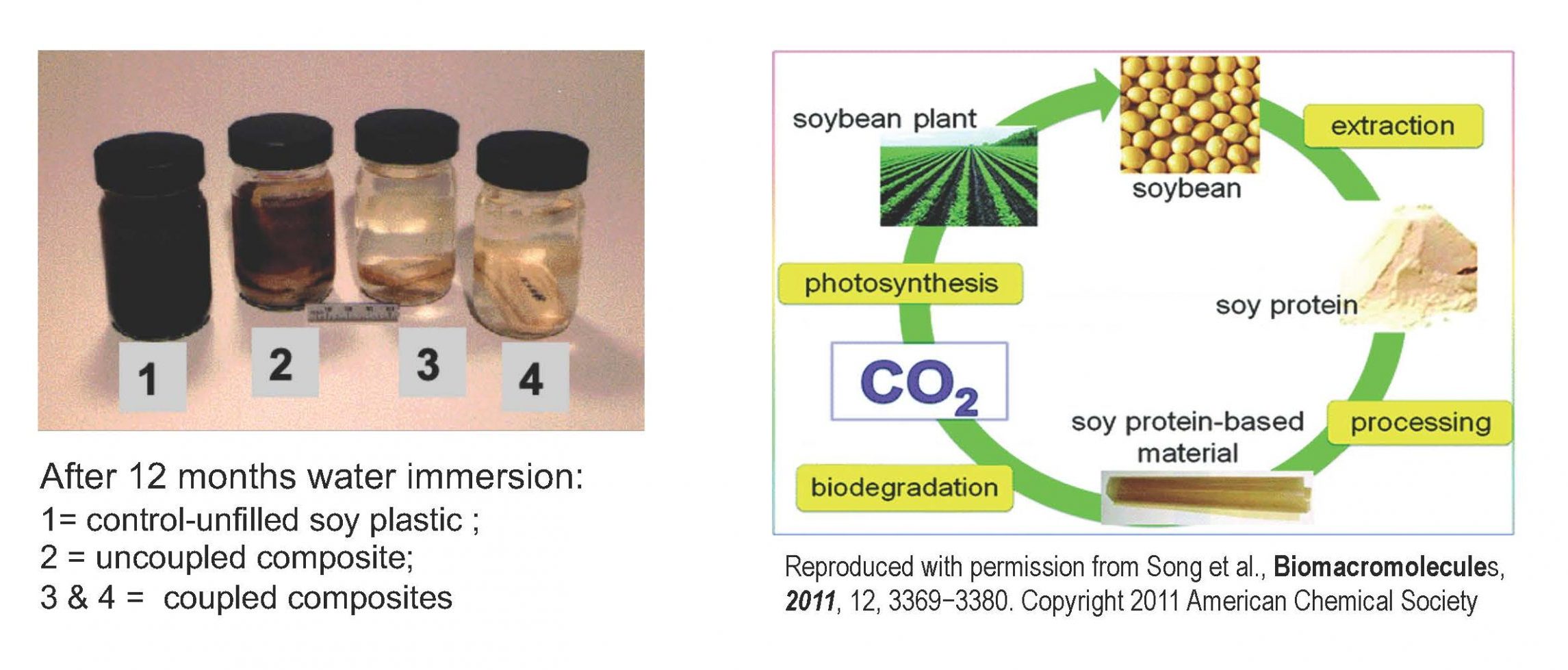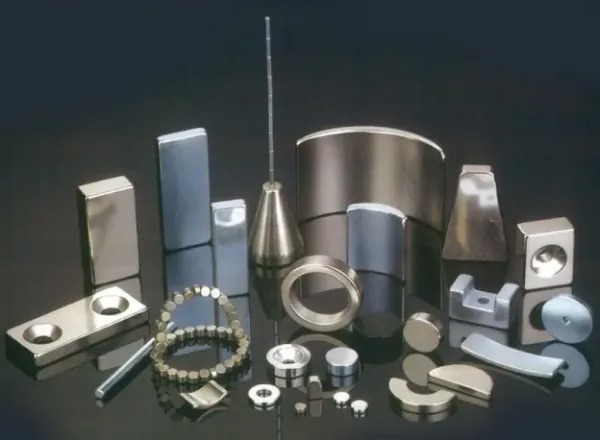New Protective Coatings for Rare Earth Magnets Prevent their Corrosion and Oxidation
Commercial rare-earth alloy powders such as neodymium-iron-boron (Nd-Fe-B) or “neo alloy” ribbons into platelets with varying sizes and distributions (mean particle size approximately 200 µrn). The neo alloy powders produced by this method are highly sensitive to moisture and oxidize readily in air. The spherical neo alloy powders (mean particle size approximately 40 µm) made by high-pressure gas atomization are even more sensitive to fluctuations in the moisture and temperature.
When heated in air at high temperatures, the reactivity of the gas-atomized powder increases, which may be due to its higher specific surface area. The thermal oxidation of neo alloy powders is due to their direct oxidation in air and is exacerbated in the presence of an aqueous electrolyte. In general, oxidation rates are low at air temperatures below 150°C. However, very high oxidation rates can be produced in humid environments. The rapid attack occurs via the preferential consumption of Nd- and B-rich phases on the grain boundaries, which causes the grains of the ferromagnetic phase to loosen. This, in turn, diminishes the structural integrity of the magnet.

For more information or if you have any questions, please contact the author.

